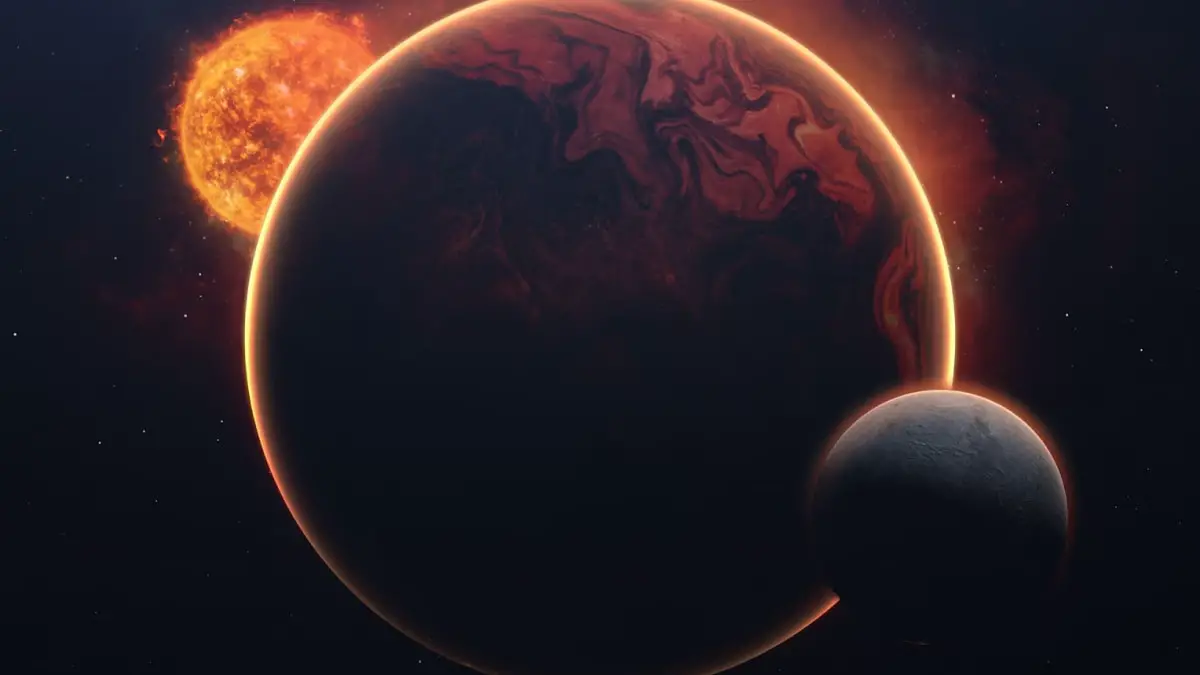New research suggests that rocky exoplanets, particularly those that have hosted or still host magma oceans, could trap significant amounts of water deep within their cores. Up to 95 percent of a planet’s water may be sequestered within its molten iron core, rather than existing as surface oceans. This discovery shifts our understanding of water-rich worlds and their potential habitability, indicating that these planets may be more abundant in water than previously believed, but with most of it inaccessible.
Water Trapped in the Core
When planets form, they undergo intense heating, leading to the creation of magma oceans. During this stage, water dissolved in the magma can migrate towards the planet’s core. Studies show that planets similar to Earth can pull this water downwards, but on larger super-Earths, this process could be even more pronounced. Computer models have revealed that on these larger planets, much of the water becomes locked within the core, absorbed by iron rather than remaining near the surface.
Implications for Habitability
While water is essential for life, the fact that it’s trapped so deep inside the planet makes it unreachable, posing challenges to potential surface habitability. However, the presence of water in the core could still play a role in a planet’s overall habitability, perhaps affecting the planet’s magnetic field or geological activity. The detection of water in an exoplanet’s atmosphere might be an indicator that much more water is hidden within its interior, altering our search for habitable worlds.
Example of TOI-270d
An intriguing example is the exoplanet TOI-270d, located 73 light-years away. Recent observations have detected water vapour in its atmosphere, suggesting the possibility that significant water may be trapped in its core. This finding highlights the need for further exploration of such planets, as the way water interacts within them could reshape our understanding of planetary habitability and the distribution of water in the galaxy.
For the latest tech news and reviews, follow Gadgets 360 on X, Facebook, WhatsApp, Threads and Google News. For the latest videos on gadgets and tech, subscribe to our YouTube channel. If you want to know everything about top influencers, follow our in-house Who’sThat360 on Instagram and YouTube.
The resident bot. If you email me, a human will respond. More










